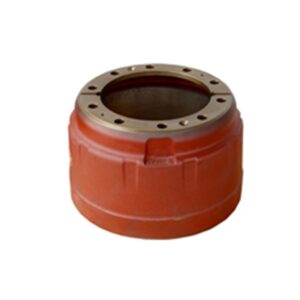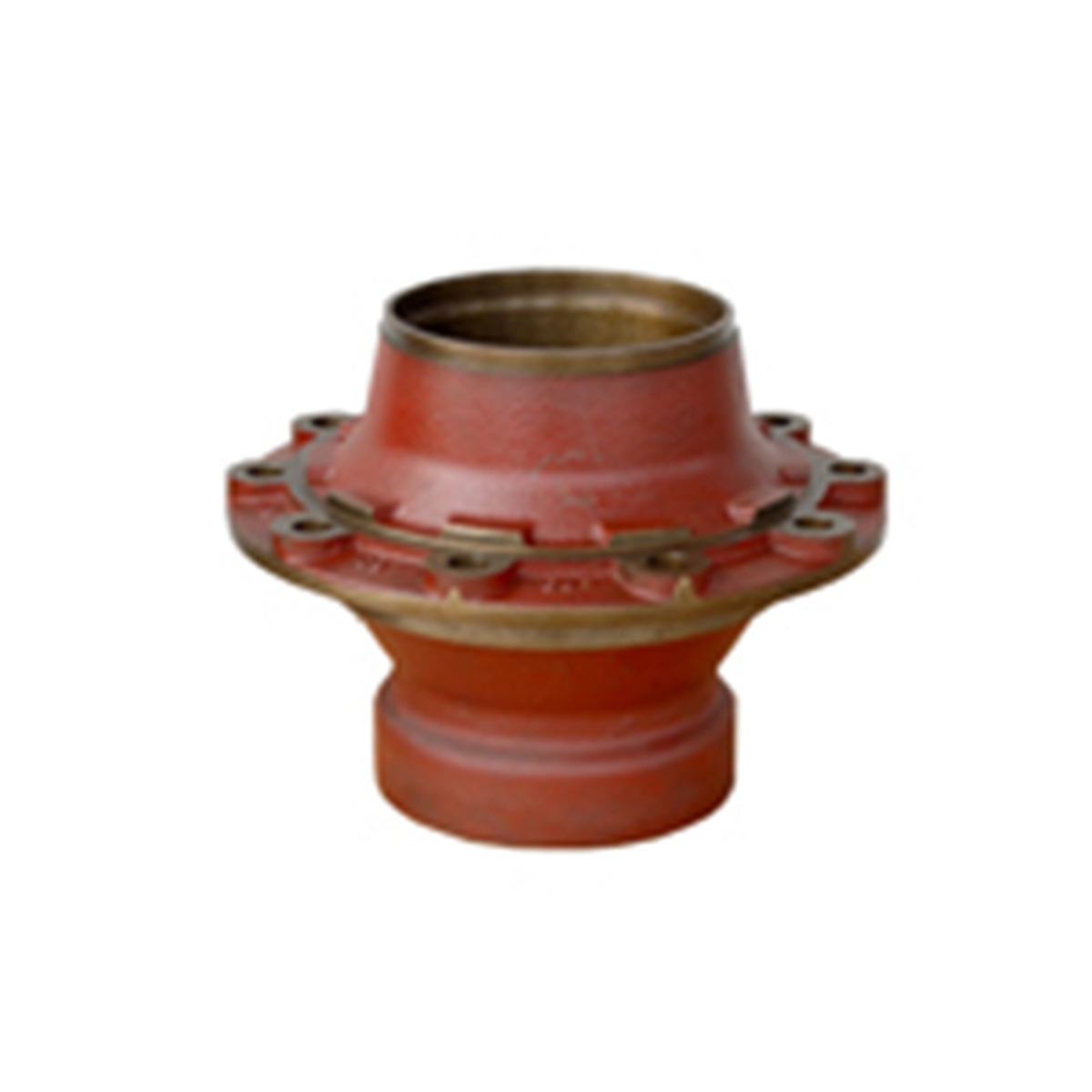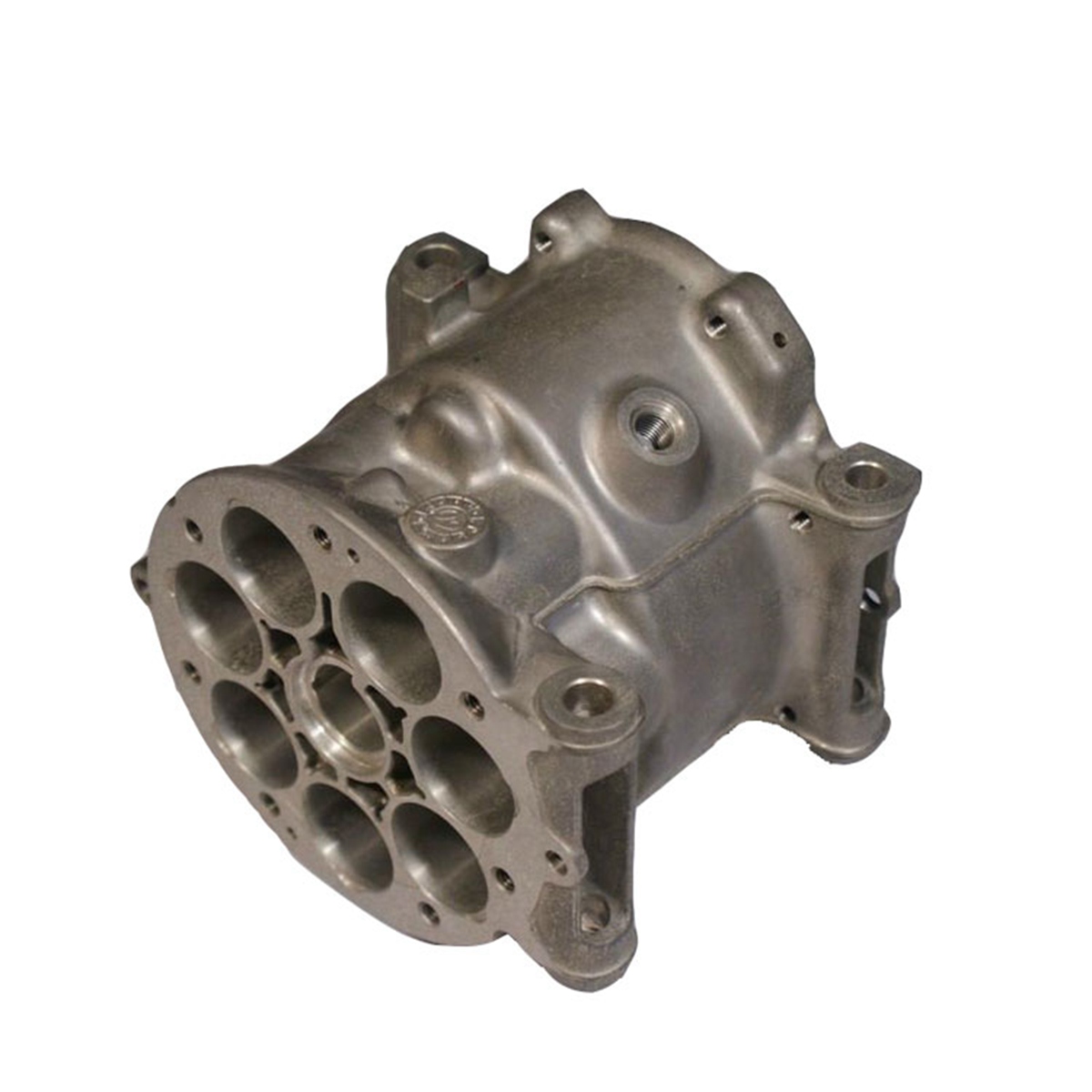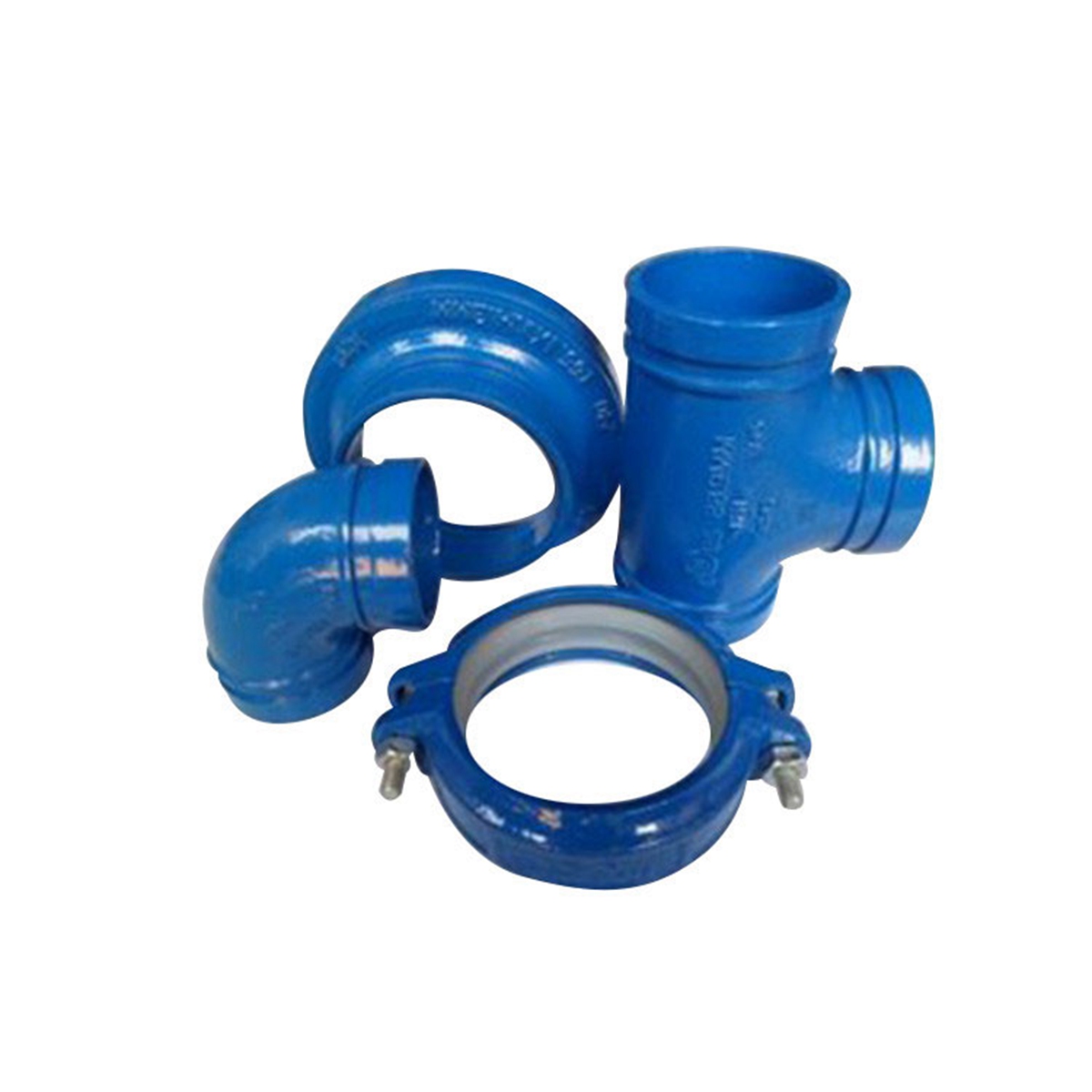
1. Yield Strength
In general, as a material’s yield strength increases, its impact energy will decrease. In other words, materials with higher yield strength will generally have lower toughness. Materials that can plastically deform before ultimate failure are considered to be tougher.
2. Notch
The V-notch specimen is used when the material is brittle and a U-notch specimen is used when the material is ductile. The U-notch specimen has a higher stress concentration factor than the V-notch specimen. It should be noted that these notches must be precisely the same to get accurate results that can be compared with past tests.
3. Temperature
The Charpy impact tests are typically performed at 23 °C. However, higher and lower temperatures are used to plot a curve representing a material’s ductile to brittle transition behavior. Higher temperatures will increase impact strength.
4. Fracture Mechanism
There are two fracture mechanisms, namely cleavage, which is common in brittle materials, and microvoid coalescence, which is more common for ductile materials. Materials that fracture via the cleavage fracture mechanism will have lower impact energy than those that fail via microvoid coalescence.





